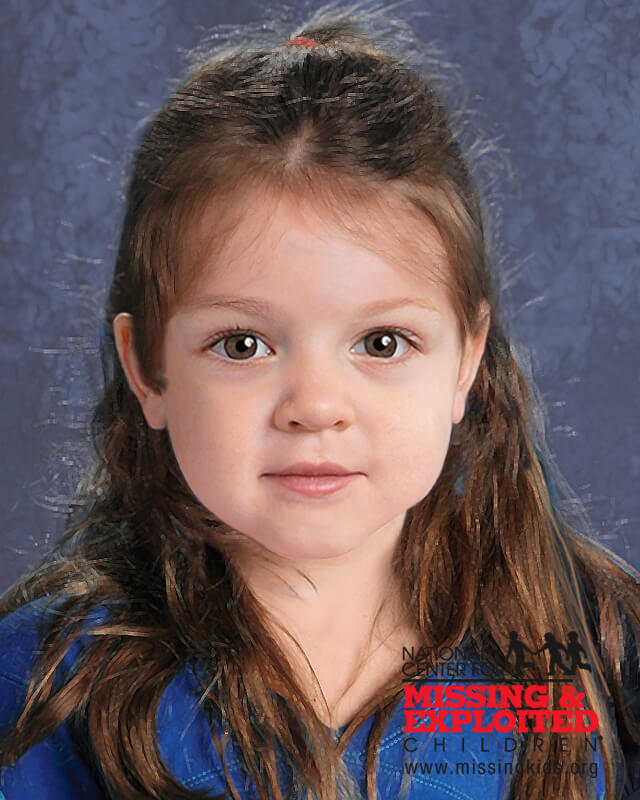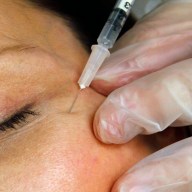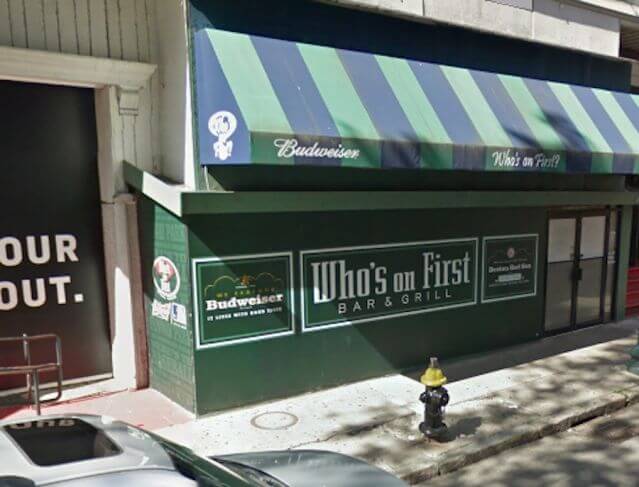Investigators caught a break in the heart-wrenching story of Baby Doe, officialsannounced on Wednesday. Experts analyzed pollen samples taken from her polka dotted leggings and her zebra-striped blanket showed that she was likely a Massachusetts resident, specifically from the Boston area.
Authorities used a similar technique in identifying pollen found on a Jane Doe’s body in a cold case from 1976. While her body was found in a cemetery in Baltimore County, Maryland, the pollen analyzed was determined to be native to northeastern urban areas, specifically New York City and Boston. That crucial piece of evidence is all there is to go on in hopes of identifying the woman thus far. Baby Doe was found in a trash bag on Deer Island when a woman was out walking her dog on June 25. Efforts to identify Baby Doe have spread far and wide, with millions of social media hits, billboards on the highways, candlelight vigils and masses. The identity of the little girl, said to have brown hair, brown eyes who weighed about 30 lbs is still a mystery. “Everywhere we go we collect pollen from trees and plants around us,” Suffolk County District Attorney Spokesman Jake Wark said. “We sent samples down to a government lab in Texas for analysis. Experts confirmed that the amount of pollen found and the type were specific to plant and tree life here in the Greater Boston Area and had no sign pollen from other parts of the country.” Authorities had suspected that she was from these parts, but had no leads to go on until the lab results were in. A DNA test of the child came up negative, and Suffolk County District Attorney Dan Conley said that they did not think she had been dead for very long. “This probably won’t help us ID her, but it gives us a target area to investigate, which reduces time and effort,” Wark said. “As advanced as we are in forensics, we still believe what will solve this is someone who knew her coming forward. Science can tell us where she was from but a person is who will tell us who she is.”
Pollen test indicates Baby Doe came from the Greater Boston Area

National Center for Missing and Exploited Children.


















